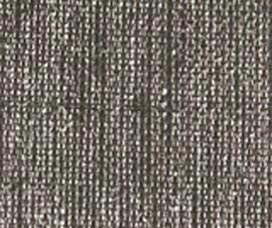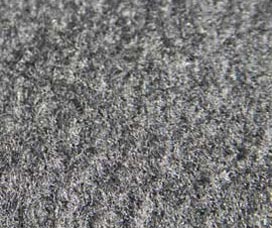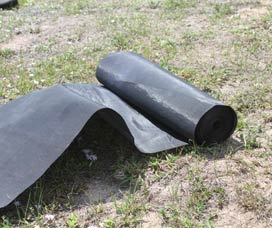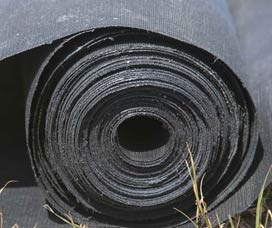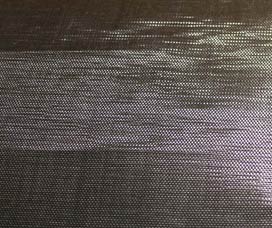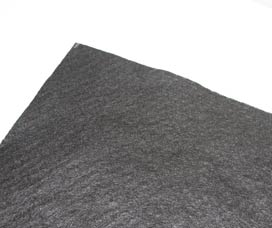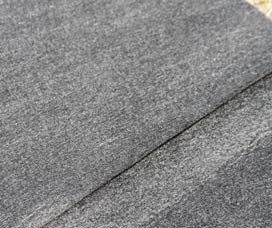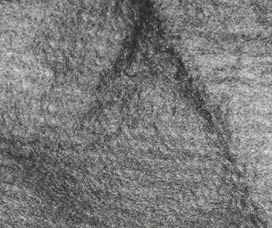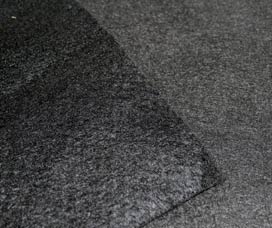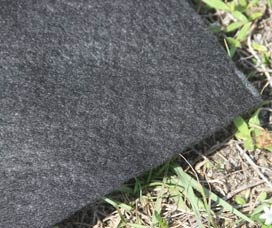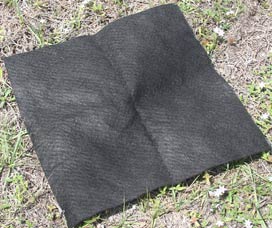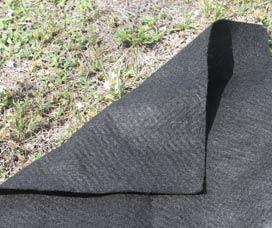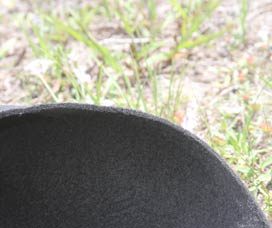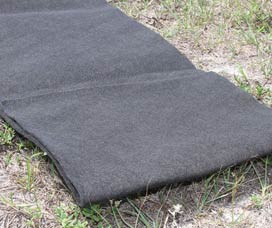Geotextiles for Filtration and Stabilization
When soil shifts or water undermines your project site, you need a solution you can count on. Our geotextile fabrics are engineered to reinforce earthworks and channel moisture safely, keeping your installations stable and long-lasting. Polypropylene geotextiles deliver reliable soil stabilization and slope support across a range of civil and environmental applications. Choose the right fabric based on your site conditions:
Woven geotextiles
Sturdy, high-tensile fabrics that prevent erosion and maintain aggregate layers. Ideal for roadbeds, embankments, and heavy-load separation.
Nonwoven geotextiles
Needle-punched, permeable sheets that excel at filtration and drainage. Perfect for French drains, retaining-wall backfill, and stormwater management.
Woven Geotextile Fabric for Construction and Soil Stabilization
Woven geotextile is made through a weaving process. The blending of these heavy duty polypropylene fibers creates a strong, rot-resistant geotextile fabric that will increase the life of your roads and offer increased erosion control. Whether you need woven geotextile fabric for erosion control, separating soils, or stabilizing slopes and hillsides, we have what you need:
- Pavement and Roadway Reinforcement: Use woven geotextiles beneath asphalt and concrete to distribute loads, minimize rutting, and extend pavement life.
- Railroad Track Bed Stabilization: Install woven fabric under ballast layers to prevent subgrade intrusion, maintain track alignment, and reduce maintenance cycles.
- Slope and Embankment Protection: Anchor geotextiles into hillsides and embankments to control soil movement, mitigate landslide risk, and preserve natural contours.
- Retaining Wall Filtration: Place nonwoven geotextiles behind retaining walls to allow water to pass while blocking fine particles, preventing soil clogging and hydrostatic pressure buildup.
- Subsurface Drainage Systems: Line French drains, trench drains, and drainage aggregate with nonwoven fabric to encourage water flow, trap sediment, and maintain system performance.
- Pond Liners and Landfill Capping: Combine geotextile underlayment with liners and geomembranes to protect against punctures, control seepage, and ensure environmental compliance.
- Driveway and Parking Lot Separation: Separate subgrade and aggregate layers in low-traffic and heavy-duty parking areas to prevent intermixing, reduce frost heave, and prolong surface integrity.
- Shoreline and Coastal Erosion Control: Secure geotextile layers beneath rip-rap or gabions to stabilize banks, limit soil loss, and shield against wave action.
Non Woven Geotextile Fabric for Filtration and Overlayment
Non woven geotextile fabric offers similar support for separation and stabilization while aiding in filtration for storm drains, French drains, and subsurface drains. Non woven filter fabric can also be used for asphalt overlay to minimize cracking in asphalt over time. Non woven geotextile is classified in three categories: light weight, medium weight, and heavy weight. If you need non woven filter fabric, our selection provides a high flow through rate that allows water to easily pass through the fabric while silt and sediment is retained.

